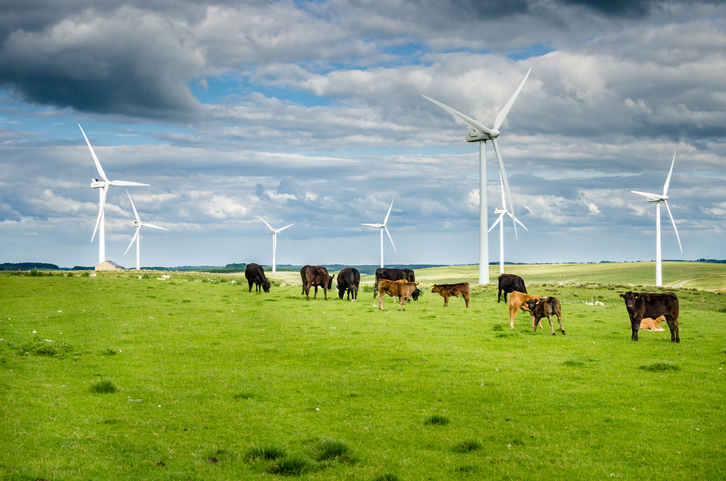The Inflation Reduction Act, which just passed Congress, is a big clean energy and
health care bill. It’s not really about reducing inflation at all, as I explained
in my previous post.
But there is one big piece of the IRA that may be of particular interest to rural
communities: $20 billion in programs for agriculture. This is a ton of funding for
USDA programs that incentivize farmers, ranchers, and forest landowners to adopt soil
and land conservation practices that mitigate climate change. These practices are
sometimes referred to as climate-smart agriculture or natural climate solutions.
Most of this funding goes to existing programs under the farm bill. These are all
voluntary programs that you apply for and are managed by the Natural Resources Conservation
Service. They include:
- Environmental Quality Incentives Program ($8.5 billion). EQIP is a working lands program, meaning that it is focused on practices on active agricultural lands. (This is in contrast to the Conservation Reserve Program, which takes land out of production). EQIP helps producers with specific conservation expenses, providing direct payments to partially compensate for installation and maintenance costs.
- Conservation Stewardship Program ($3.2 billion). CSP is also a working lands program, but aimed at long-term practices across an entire farm, rather than specific one-time expenses. It makes acreage-based payments to producers under five-year contracts.
- Regional Conservation Partnership Program ($5.0 billion). RCPP is not targeted to individual producers so much as teams of partners. Its mission is to build larger statewide or regional partnerships around specific types of conservation practices, to better coordinate efforts.
- Agricultural Conservation Easement Program ($1.4 billion). ACEP helps to preserve working lands by purchasing easements – paying landowners part of the value of their land in exchange for permanent limitations on the use of the land. This means preserving the agricultural and conservation uses of land, keeping it in crops or grassland permanently.
These programs are all oversubscribed – the NRCS has only been able to fund 30 to
50 percent of the applications it receives. So the IRA’s additional funding will help
expand coverage to more producers who want to participate. This is a very fast way
to get money out and start implementing programs.
The one catch is that IRA funding for these programs has to be used for specific purposes
that relate to climate change mitigation. The law requires that the funds be used
for conservation practices that “directly improve soil carbon, reduce nitrogen losses,
or reduce, capture, avoid, or sequester carbon dioxide, methane, or nitrous oxide
emissions, associated with agricultural production.”
Will this IRA funding actually help to reduce net carbon emissions? Practices like
planting cover crops can capture carbon dioxide from the air and store it in the soil,
but the science is uncertain about how much and for how long. In addition, voluntary
conservation programs may sometimes pay farmers and landowners for practices they’re
already doing – it can be hard to know how much conservation is truly new or “additional.”
Regardless, for producers, these programs can be helpful to the bottom line. NRCS
accepts applications for EQIP and CSP year-round. If interested, you can learn more
on the USDA webpage about climate-smart agriculture programs, or contact your local NRCS office.
Finally, these are not the only provisions in the IRA that are targeted to agricultural landowners and rural communities. Others include:
- $6 billion in Farm Service Agency debt forgiveness and financial assistance
- $1 billion for conservation technical assistance
- $10 billion for rural cooperatives to install renewable energy capacity and upgrade electricity systems
- $5 billion for forestry programs and projects, including hazardous fuels reduction and forest resilience practices
For more details on these provisions, read the Farmdoc Daily at the University of Illinois.
See other Related Articles:
The Inflation Reduction Act: What is It?
The Return of Industrial Policy

Nick Hagerty
Associate Professor
[email protected]
ni

